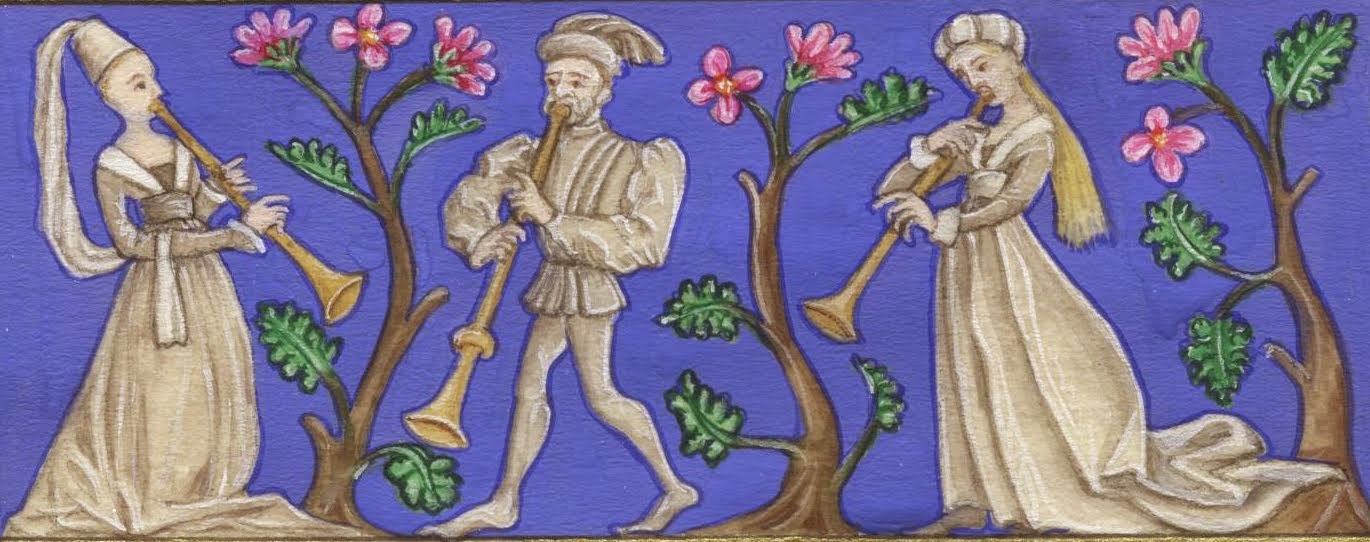So I was very interested when I came across this passage from (yet another) article by Chris Page about the organistrum and symphonia:
As I find so often with Page, his impeccable research and beautifully phrased writing seems to have subtext about what is 'ideal' medieval music (pure vocal polyphony), with everything else some kind of preparation or departure that should be taken less seriously. Why should we expect medieval musicians to put these different approaches in a hierarchy? And isn't the 'prejudice' one of the modern Western classical music listener (or choral scholar), rather than one common to all Western ears?How did the lettered musicians of the 13th and 14th centuries regard drone accompaniments? Had they constructed a hierarchy of string-techniques that distinguished (a) constant drones from (b) proto-polyphonic forms blurring into (c) genuine plurilinear polyphony? If so, were they prejudiced-as most modern Western listeners are-in favour of plurilinear music?2 Can the supposed social fall of hurdy-gurdies be explained by a dependence upon drones?
Frustratingly, however, I haven't been able to find that Page ever answered the questions posed in this introduction. The referenced article (Part 1) makes a good case that the origins of the instrument are most likely to be German, not Arabic as some have claimed; and a following article (Part 2) that 'organistrum' and 'symphonia' (and variant terms) were used fairly interchangeably, rather than the first being always the 2-person instrument as is often suggested. But I can't find trace of a Part 3.

No comments:
Post a Comment